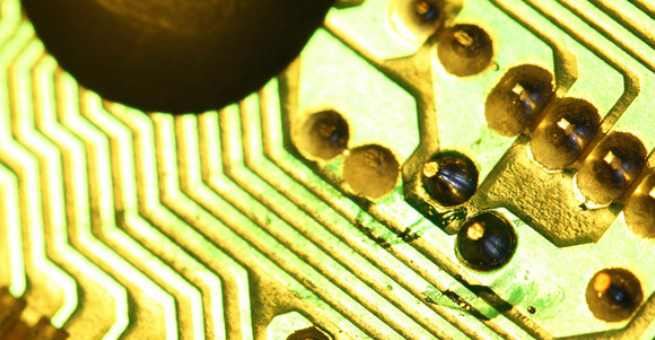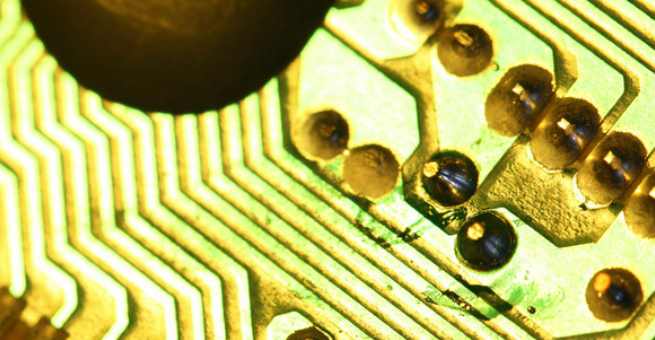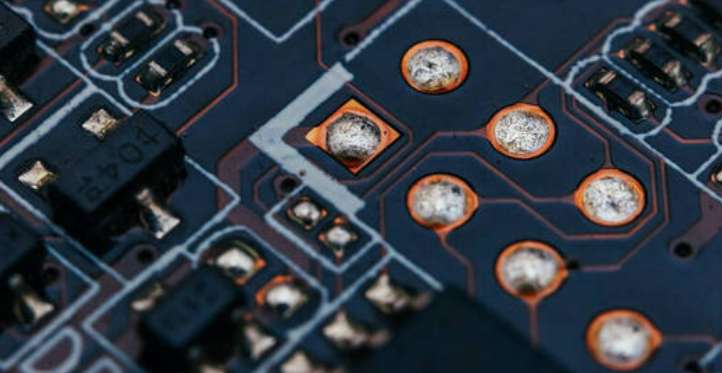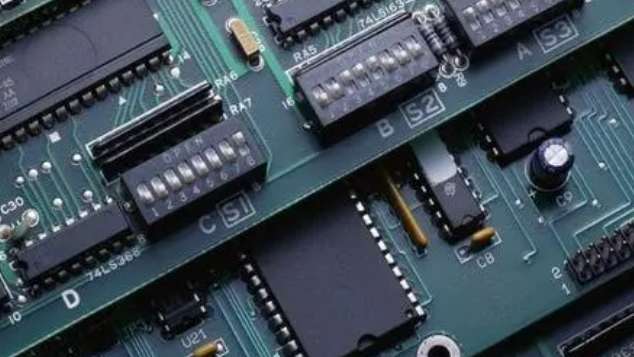
Halogen-free substrate: According to JCA-ES-01-2003 standard: chlorine (C1), bromine (Br) content is less than 0.09%wt(weight ratio), defined as halogen-free copper clad plate. (Meanwhile, CI+Br total s0.15% [1500PPMJ)
Halogen-free materials are :TUC TU883, Isola DE156, GreenSpeed@ series, Shengyi S1165/51165M,S0165 and so on
Two, why ban halogen
Halogen: refers to the halogen elements in the periodic table of chemical elements, including oxygen (F), chlorine (C), bromine (Br), iodine (). At present, the flame retardant substrate, FR4,CEM-3, etc., the flame retardant is mostly brominated epoxy resin.
Related studies have shown that halogen containing flame retardant materials (polybrominated biphenyl PBB: polybrominated diphenyl ether PBDE) When the waste is on fire, dioxin Dioxin TCDD and Benzfuran will be released. The smoke volume is large, the smell is bad, and the gas is highly toxic and carcinogenic. After ingestion, the human body cannot discharge it, which seriously affects the health.
Therefore, the EU law prohibits the use of six substances such as PCB and PBDE. China's Ministry of Information Industry also required that electronic information products put on the market should not contain lead, mercury, hexvalent chromium, polybrominated biphenyls or polybrominated diphenyls.
It is understood that PBB and PBDE are basically no longer used in the copper cladding industry. Bromo-flame retardant materials other than PBB and PBDE are mostly used, such as tetrabromo-dicophenol A, dibromo-dicophenol, etc., whose chemical formula is CISHIZOBr4. Although no laws and regulations have stipulated this kind of bromo-containing copper cladding as flame retardant, it is combustible or electric Apparatus fire, will release a lot of toxic gas (bromide type), smoke quantity is large; When PCB is used for hot air leveling and component welding, the board is subjected to high temperature (> 200), will also release trace amounts of hydrogen bromide; Whether it will also produce toxic gases is still being evaluated.
To sum up. The negative consequences of halogen as raw material are huge, so it is necessary to ban halogen.
At present, most halogen-free materials are mainly phosphorus and phosphorus ammonia series. When the phosphorous resin is burned, it is decomposed by heat to generate metaphosphoric acid, which has strong dehydrability, forming carbonized film on the surface of the polymer resin, isolating the burning surface of the resin from contact with the air, so as to extinguish the fire and achieve the flame retardant effect. Polymer resin containing phosphorous ammonia compounds, combustion produces non-combustible gas, to assist the resin system flame retardant.

Four, the characteristics of halogen-free plate 1 material insulation
The use of P or N to replace the halogen atom reduces the polarity of the molecular bond segment of epoxy resin to a certain extent, thus improving the insulation resistance and penetration resistance.
2. Water absorption of materials
Because N and P foxes in ammonium-magnetic oxide-reducing resins have less chance of forming hydrogen chains with hydrogen atoms in water than on hyperfunnel, the halogen-free sheet materials are less absorbent than conventional halogen-based flame retardant materials. For the plate, low water absorption to improve the reliability and stability of the material has a certain impact.
3. Thermal stability of materials
The content of ammonia and phosphorus in halogen-free plate is higher than that of halogen in common halogen materials, so the molecular weight and Tg value of the monomer are increased. Under the condition of heat, its molecular mobility will be lower than conventional epoxy resin, so the halogen-free material has a relatively small coefficient of thermal expansion. ,
Compared with halogen-free plate, halogen-free plate has more advantages, and halogen-free plate replaces halogen-free plate is also the general trend.
4. Experience of producing halogen-free PCB
1 lamination
Laminating parameters may vary from company to company. Take the above mentioned profit substrate and PP multilayer board, in order to ensure the full flow of resin, so that the binding force is good, the requirements of low plate heating rate (1.0-1.5℃C/min) and multi-section pressure, and in the high temperature stage is required to maintain more than 50 minutes, 180c. The following is a group of recommended platen program Settings and the actual plate temperature rise. The bonding force between the copper foil and the substrate is 1.0N /mm. After six thermal shocks, the plate does not appear stratification and bubble phenomenon.
2. Drilling machinability
Drilling condition is an important parameter, which directly affects the quality of PCB hole wall during machining. As P and N series functional groups increase the molecular weight and enhance the rigidity of molecular bonds, halogen-free copper clad plates also enhance the rigidity of materials. At the same time, the Tg point of halogen-free materials is generally higher than that of ordinary copper clad plates, so the drilling effect of ordinary FR-4 drilling parameters is generally not very satisfactory. When drilling a halogen free plate, make some adjustments under normal drilling conditions.
3 alkali resistance
- halogen-free plate its alkaline resistance is worse than ordinary FR-4, so in the etching process and in the resistance welding after rework process, special attention should be paid to the alkaline film removal liquid soaking time can not be too long, in order to prevent the appearance of substrate white spots.
4 open weld production
At present, there are many kinds of halogen-free solder ink introduced in the world. Its performance is not much different from that of ordinary liquid sensitive ink, and the specific operation is basically similar to ordinary ink.
Halogen-free PCB board has a low water absorption rate and ADAPTS to the requirements of environmental protection, in other performance can also meet the quality requirements of PCB board, therefore, the demand for halogen-free PCB board has been increasing.







